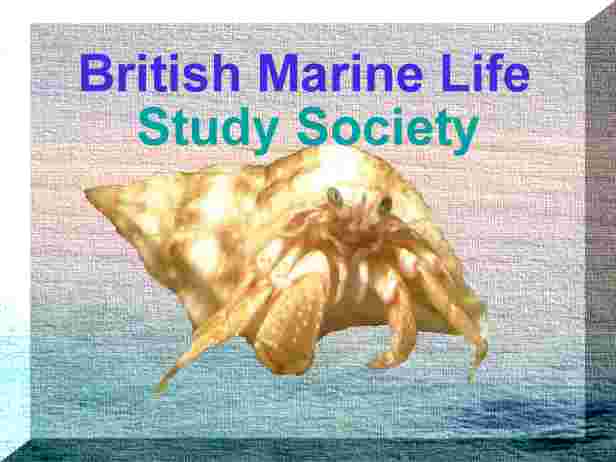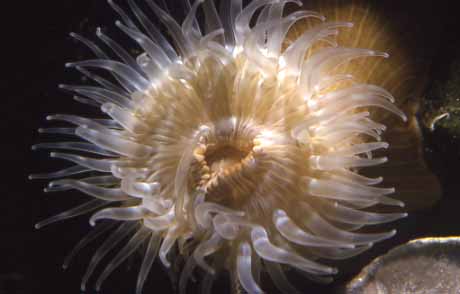
| GENERAL
Sea Anemones |
| Movement |
| Feeding |
| Predators |
| Diagram |
| Database |
|
|
| Placozoa |
| Porifera |
| Cnidaria |
| Ctenophora |
| Mesozoa |
| Platyhelminthes |
| Nemertina |
| Gnathostomulida |
| Gastrotricha |
| Rotifera |
| Kinorhyncha |
| Loricifera |
| Acanthocephala |
| Entoprocta |
| Nematoda |
| Nematomorpha |
| Ectoprocta |
| Phoronida |
| Brachiopoda |
| Mollusca |
| Priapulida |
| Sipuncula |
| Echiura |
| Annelida |
| Tardigrada |
| Pentastoma |
| Onychophora |
| Arthropoda |
| Pogonophora |
| Echinodermata |
| Chaetognatha |
| Hemichordata |
| Chordata |
| CNIDARIA |
|
|
Sagartiogeton undatus
Anemone
 |
Common Name(s):
Scientific Name:
|
| Identification:
The links on the left hand side contain more information. This sea anemone tends to expand in darkness (observations in home aquaria).
Bionomics:
Similar species: Sagartiogeton laceratus
Breeding:
Sagartiogeton undatus is very common on the shores of the Netherlands, especially in the estuaries of the southern part. much of what I know about this species can be read in my book on the Dutch sea anemones (Bloemdieren, de zeeanemonen en hun verwanten van de Nedelandse kust, ISBN 90-803595-1-3). Your Belgian contact may be able to read it as it is Dutch, of course. if you tell him or her to contact me I may be able to advise on the easiest and cheapest way to get a copy. I have kept specimens of S. undatus in my aquarium over a period of 30 years. As far as reproduction is concerned I witnessed the release of eggs only once. I never saw asexual reproduction. Habitat:
Additional Notes:
Information wanted: Please send any records of this sea anemone,
with location, date, who discovered it, how it was identified, prevalence,
common name and any other details to
|
| FIVE KINGDOMS TAXONOMIC INDEX TO BRITISH MARINE WILDLIFE |
|
|
|
News 2010 |
Membership Form |
|
